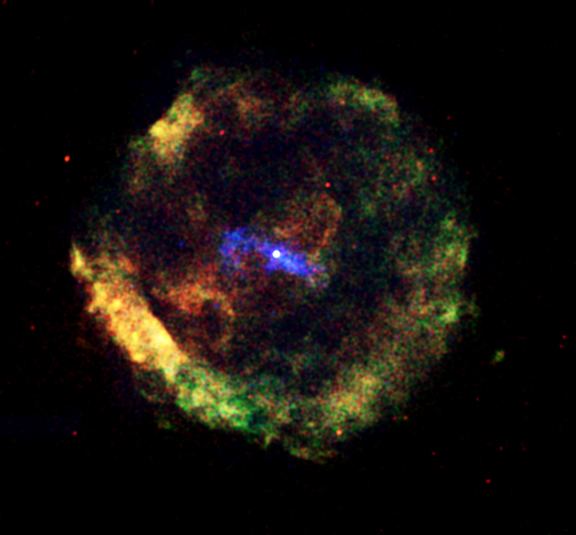Date April/May 386 Declination −19° 25′ | Spectral class Type II Right ascension 18 11.5 Remnant Shell | |
 | ||
Similar SN 1181, Milky Way, SN 185, RCW103, 3C 58 | ||
Buehler isomet low speed saw 11 1180 160 sn 386 is 11136
SN 386 is a probable transient astronomical event in the constellation Sagittarius, which appeared as a "guest star" that was reported by Chinese astronomers in 386 CE.
Contents
- Buehler isomet low speed saw 11 1180 160 sn 386 is 11136
- Supernova Remnant SNR G112 03
- Pulsar PSR J1811 1926
- References
Supernova Remnant : SNR G11.2-0.3
Although SN 386 was generally considered to be associated with the symmetrically 4 arcmin circular shell of supernova remnant, SNR G11.2-0.3, this theory is now thought not to be true. Its stellar progenitor was likely a Supernova Type II event. Recent studies give the more precise type as core-collapsed Type cIIb/Ibc.
A measured mean expansion rate of this remnant shell is 0.0277±0.0180% per year, whose true diameter is now about 3.0 pc (9.8 ly), suggesting its age is 1900±500 years. Quoted distances estimated SNR G11.2–0.3 to be about 4,900 pc (16,000 ly) away from Earth, but more recent radio observation now range between 4,400–7,000 pc (14,000–23,000 ly).
Rejection of SNR G11.2–0.3's association with SN 386 is by the significant very high absorption of light (AV) between the source and Earth, which is estimated from infrared observations as about 16 magnitudes. This suggest the star would not have been visible to the naked-eye.
Pulsar : PSR J1811-1926
At the centre of G11.2–0.3 is a fast rotating 65 ms neutron star observed in radio frequencies as pulsar PSR J1811-1926 or as X-ray source AX J1811-1926, which has also generated a small inner 10 to 15 arcsec pulsar wind nebula (PWN). This pulsar and its surrounding debris field was observed by the Chandra Observatory, when it was suggested SN 386 could have been created around the same time as the Chinese observations, but more modern observed measured rotational velocities, spin down rate, and radio observations of PSR J1811-1926, indicate a much older 20,000 to 23,000 years. If true, this clearly discounts the conclusion that the pulsar is associated with SN 386. The clear contradiction comparing this with the age determined by the expansion rate of the supernova remnant seems yet to be ascertained.
Distance of the pulsar was estimated in 2003 as 5,000 pc (16,000 ly).
